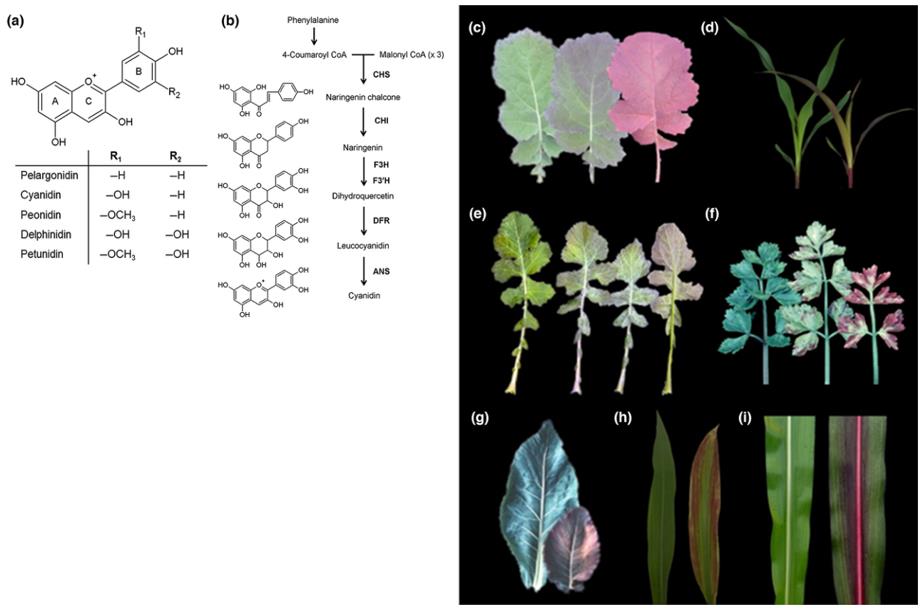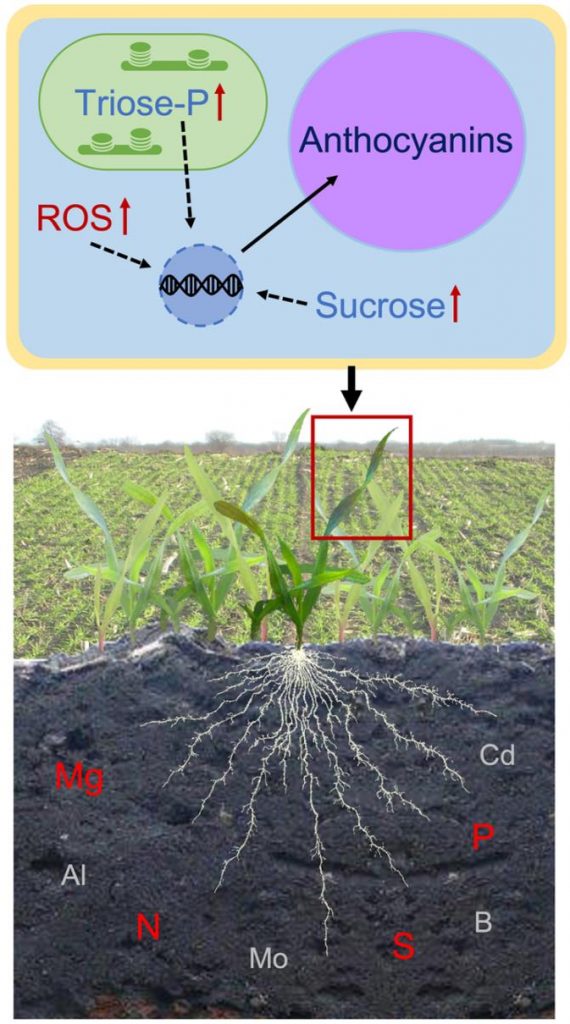In February 2023, Mareike Jezek's team at the University of Glasgow published a paper titled "Why do plants blush when they are hungry?" in New Phytologist. This paper discusses the function and signaling pathways of anthocyanin synthesis in Arabidopsis leaves under nutrient stress, emphasizes that nutritional imbalance can induce anthocyanin accumulation, and explores the impact of climate crisis on crop physiological characteristics through these phenomena.
Main plant nutrient stress:
Plant leaves will turn red or purple under stress conditions such as low temperature, strong light, or lack of nutrients. In agricultural production, leaf redness caused by nutrient deficiencies is often mistakenly attributed to a lack of nitrogen or phosphorus.

The study pointed out that the "blushing" phenomenon of leaves caused by nutrient deficiency occurs in many different plants, and anthocyanin synthesis has been confirmed to be related to nutrient deficiency in a variety of plants.
The antioxidant and light-shielding properties of anthocyanins in plant leaves may provide plants with the most powerful adaptive advantage under nutrient stress. At the same time, studies have shown that under strong light stress, sugar signals play an important role in inducing anthocyanin synthesis. In the case of nitrogen and phosphorus deficiency, anthocyanin levels are positively correlated with soluble sugar concentration.
The increase in leaf anthocyanins is not a specific symptom of nitrogen or phosphorus deficiency, but different nutrients have specific effects on the distribution characteristics of leaf anthocyanins. Therefore, the distribution of anthocyanins on the leaf surface can be used as a biological indicator of plant nutritional needs or deficiencies. However, organ- and tissue-specific differences between individual nutrient deficiencies also need to be considered in order to accurately assess plant nutrient deficiencies.

This study reveals that sugar accumulation and oxidative stress are physical signals that induce anthocyanin synthesis, causing plants to appear "blushing" under nutritional imbalance. It was emphasized that purple/reddening of leaves can be applied to the diagnosis of nutrient stress in green plants, and the application potential of elemental fertilizer application using anthocyanin content as a biological indicator was proposed.
Reference